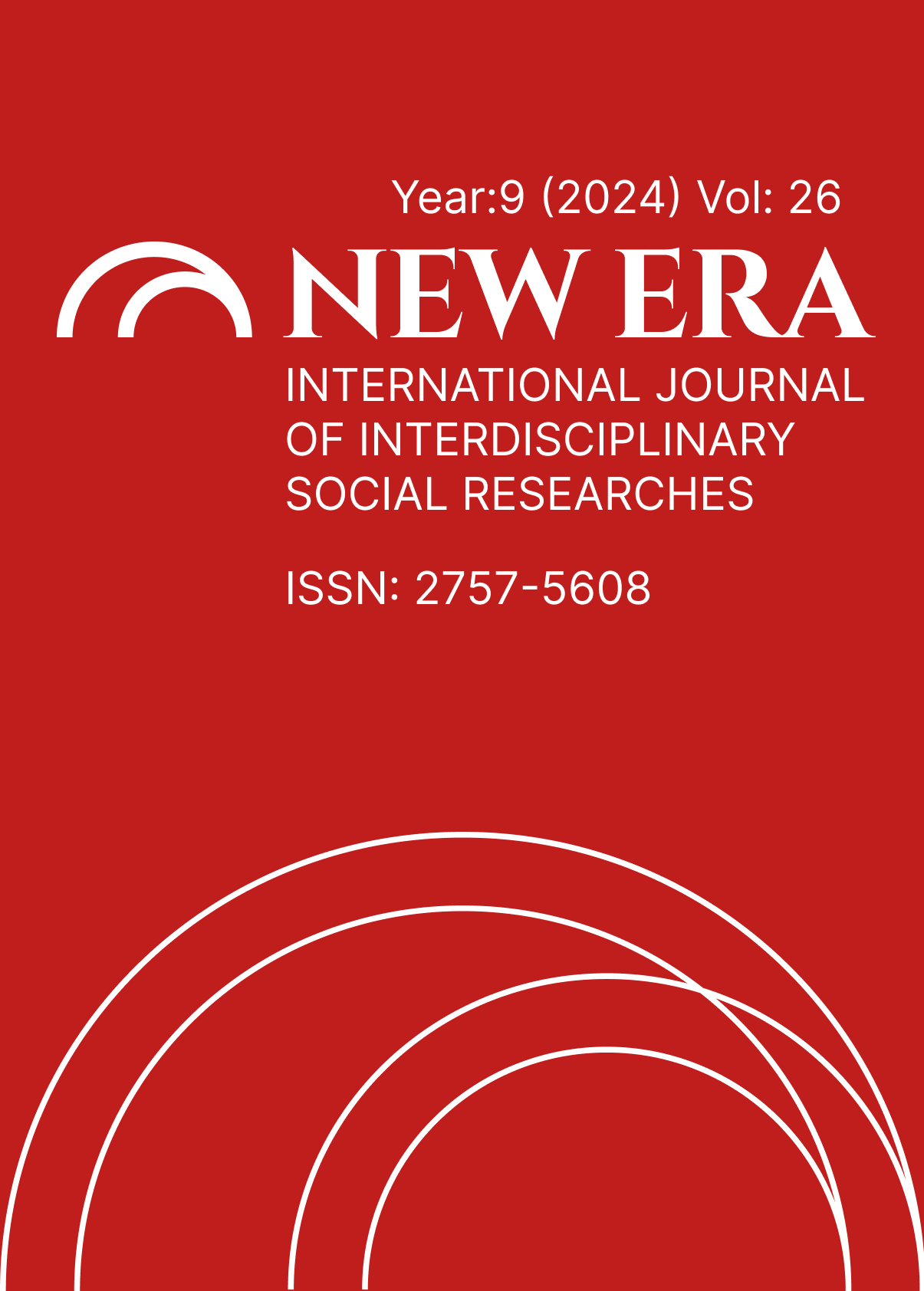ANALYSIS OF BERGEN MOVIE WITH EMOTION- FOCUSED COUPLE THERAPY METHOD
DOI:
https://doi.org/10.5281/zenodo.14552623Keywords:
: Couple therapy, Obsession,, Healthy communication in relationshipsAbstract
In the movie, after her parents' divorce during her childhood, Bergen begins living with her mother. She sends letters to her father every week but never receives a reply. Bergen is a talented and passionate young girl with a love for music. She took private music lessons at a young age and later passed the conservatory exams with top scores. However, due to financial difficulties, she has to start working. She receives a job offer from her school friends and meets Abdullah at a club. Shortly after, Abdullah proposes to Bergen, but her mother insists that she should finish her education and opposes the marriage. She asks Abdullah to leave, which he agrees to, leaving Bergen heartbroken. Later, Bergen starts working and meets a man who watches her perform that night. They get married, but she experiences violence from her husband. After every incident, he convinces her to stay, but the violence continues. Bergen eventually escapes to her mother's house, where she learns that her husband is already married and their marriage was fake. Bergen returns to performing, but she is devastated by the death of her father. At the funeral, she reunites with her ex-husband and gives him another chance. Although their marriage continues, the violence does as well. Bergen goes back to her mother but, due to ongoing threats, changes cities. While performing on stage, her ex-husband attacks her with acid, causing her to lose sight in her right eye. Her treatment lasts two years. Eventually, she is persuaded to return to the stage and continues her career as the "Queen of Arabesque." Although divorced, she cannot escape her ex-husband. He follows her and, during an argument, shoots both Bergen and her mother, killing Bergen. This study aims to analyze the movie Bergen through an emotionally focused couple therapy (EFCT) approach. EFCT examines the reasons behind obsessive behaviors in relationships and what constitutes a healthy relationship. The scenes and emotions in the film that are considered suitable for the mentioned concepts have been analyzed. As a result, it is believed that the movie Bergen can contribute to the psychological counseling process within the framework of emotionally focused couple therapy (EFCT).
References
Greenberg LS (2004) Emotion–focused therapy. Clin Psychol Psychother, 11:3–16.
Johnson, S. M. (2004). The Practice of Emotionally Focused Couple Therapy: Creating Connection.
Hazan, C., & Shaver, P. (1987). Romantic love conceptualized as an attachment process. Journal of Personality and Social Psychology, 52(3), 511–524.
Bergen Filmi (2022), Yönetmen: Mehmet Binay & Caner Alper.
Johnson, S. M. (2004). The Practice of Emotionally Focused Couple Therapy: Creating Connection. New York: Brunner-Routledge.
Hazan, C., & Shaver, P. (1987). Romantic love conceptualized as an attachment process. Journal of Personality and Social Psychology, 52(3), 511–524.
Bergen Filmi (2022). Yönetmen: Mehmet Binay & Caner Alper.
Greenberg, L. S., & Johnson, S. M. (1988). Emotionally focused therapy for couples. The Guilford Press.
Greenberg LS (1979) Resolving splits: Use of the two chair technique. Psychotherapy (Chic), 16:316–324.
Greenberg LS (1986) Change process research. J Consult Clin Psychol, 54:4–9.
Greenberg LS (2011) Duygu Odaklı Terapi, 2nd ed. (Çeviri Ed. S Kızıltaş) İstanbul, Psikoterapi Enstitüsü.
Yıldız, A. (2020). Bergen: Sıfırdan Zirveye. İstanbul: Müzik Yayınları.
Demir, E. (2019). Türk Müziğinde Kadın Sanatçılar. Ankara: Sanat Yayınları.
Kaya, F. (2018). 1980’ler Türkiye’sinde Popüler Kültür. İzmir: Kültür Yayınları.
Aydın, S. (2021). Türk Sinemasında Görsellik. İstanbul: Sinema Araştırmaları.
Downloads
Published
How to Cite
Issue
Section
License
Copyright (c) 2024 NEW ERA INTERNATIONAL JOURNAL OF INTERDISCIPLINARY SOCIAL RESEARCHES

This work is licensed under a Creative Commons Attribution-NonCommercial 4.0 International License.


